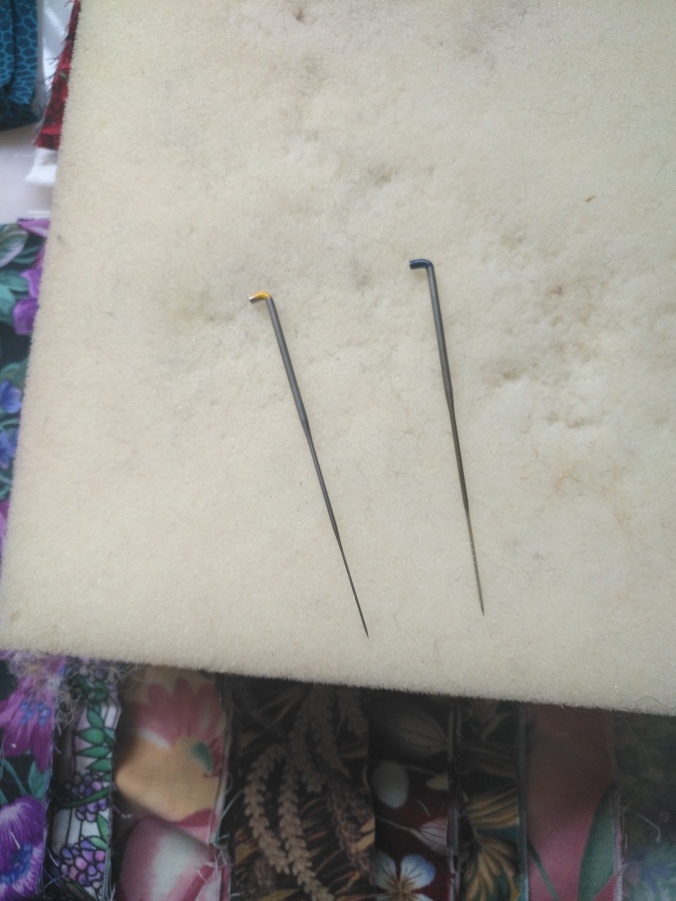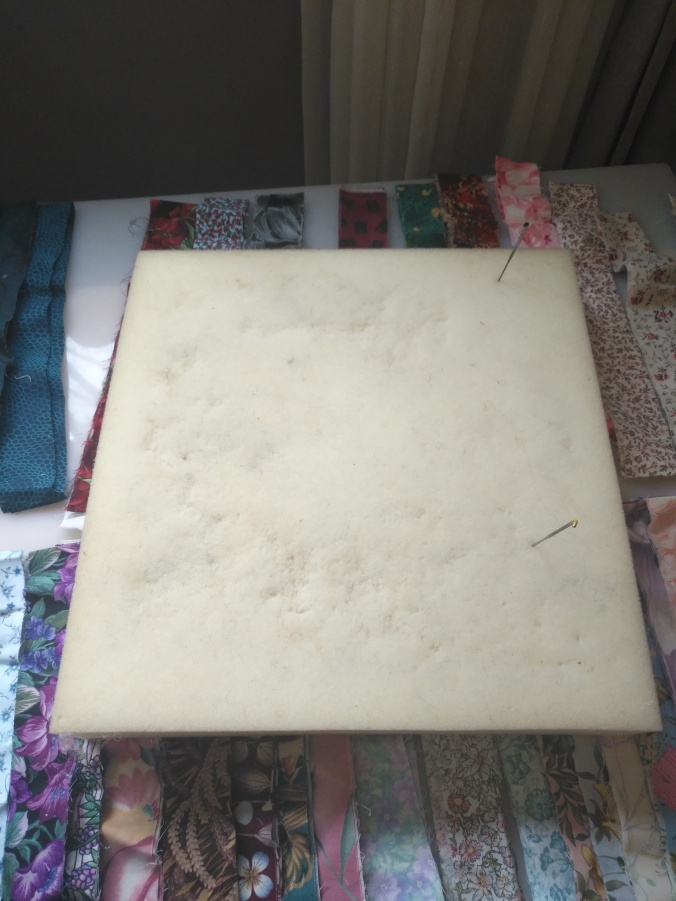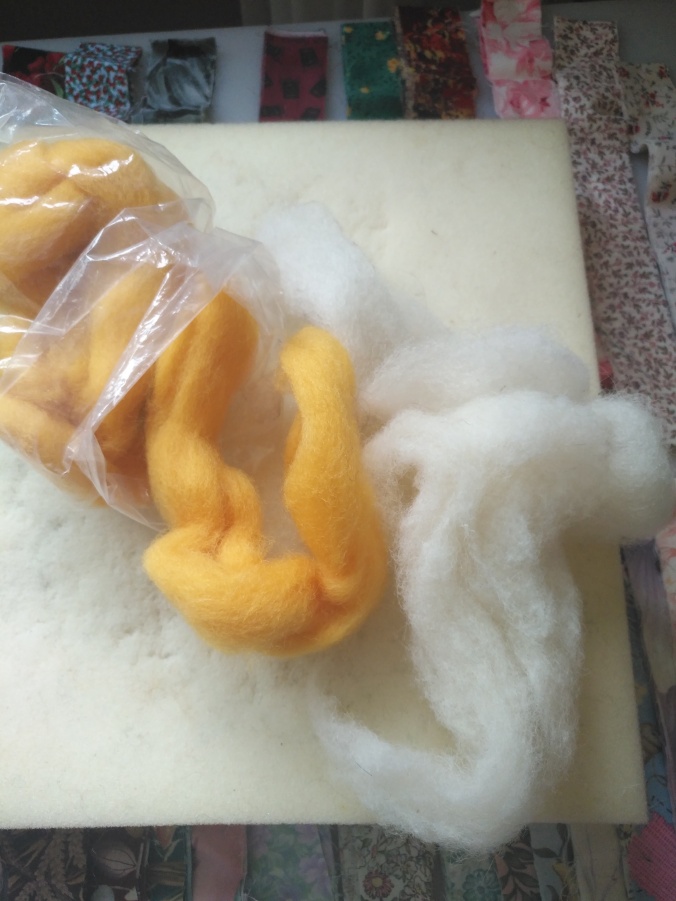I’ve been working hard on several needle felted rats lately!
I take commissions here: Custom Rats on Etsy
I’ve been working hard on several needle felted rats lately!
I take commissions here: Custom Rats on Etsy
Check them out on my Etsy shop! https://www.etsy.com/ca/shop/HonoringWilderness
I’ve had some interest in my needle felted giraffes. Currently I have one spot left for ordering, and after that there is a wait-time of approximately three weeks. I don’t want to get too far ahead of myself! The current link is here for now: https://www.etsy.com/ca/listing/519739219/custom-made-to-order-needle-felted?ref=shop_home_feat_1
If the link goes down and you’re interested, I’ll take your name and let you know when the link is up again (probably in a couple weeks).
The giraffes I’ve made so far are about 10-11 inches tall, but you can specify sizes, poses, and even colouring. Baby giraffes are possible too!
They cost $120 Canadian (plus $12 shipping), or about $90 USD (plus $10 shipping)
I’ve seen very similar needle felted giraffes of the same size sold for $500 USD — I try to keep my prices down while still reflecting the art involved. They are made out of 100% wool, sculpted with the technique of needle felting, which means stabbing wool roving with barbed needles over and over again until it turns into felt. They take about 16 hours of solid work.
My needle felted giraffes stand well on their own. They are not best for children, as with play or rough handling they will become fuzzier and potentially floppy as the felt is softened.
Please feel free to ask any further questions!
My latest work-in-progress! You can order a custom made giraffe on my Etsy here.
If you want to start needle felting and create adorable animals or other sculptures, accessories, and more, you just need a few tools.
First you need your needles. Get at least two different types, one for finer work and one for the initial sculpting. They do break, so get a couple of each. You can start with basic needles from your local craft store, but I prefer the Wizpick line of needles for versatility.

These needles are very, very sharp so be careful! I use thimbles so I don’t keep stabbing myself. Stabbing is common although it lessens with practice.
Next you need a foam block. I use a standard upholstery foam found at a craft store. Only felt on the foam to protect yourself and your needles. Also, keep your eyes on what you’re doing!

Now you need your wool! The kind of wool is called roving — it’s not spun like yarn. There are many different types of animals that can produce wool and each has a different feel and set of felting properties. It’s not always easy to find roving but you can check out local sheep farms and specialty knitting stores. Hopefully you’ll find a wide selection of colours!

You can, and should, find a cheaper white wool like batting to use for the core of your project and then add colours onto that. Plain white batting will often be less processed and as a result have a little bit of vegetation in it from the animal. You can just pick that out! Some people have even used synthetic fibres for the core, like polyester batting. It does work but doesn’t have the softness of natural wool — it’s almost crunchy.
Here is an example of the core form of a giraffe I’m currently sculpting. Needle felting is a simple matter of poking the wool over and over again with your needle. It’s very intuitive! I’ve worked with clay and I find felting even easier, as you can start to see shapes form faster like when you’re watching clouds — the fluffy wool forms into shapes almost by itself. You can start with a ball or some other shape to get the hang of it.

With needle felting, the possibilities are as endless as your imagination. Give it a try!
You can see more of my finished work on my Etsy shop here.
I make needle felted animals. What is needle felting? It’s essentially sculpting unspun wool, called roving, with the use of barbed needles that mats the fibres up into felt. The possibilities are endless and all you need is a few supplies and a good imagination! With a bit of practice you can create very lifelike and realistic animals.
I sell my animals and offer custom pet replicas made based on photos of your own favourite pets. Please visit my Etsy Shop!